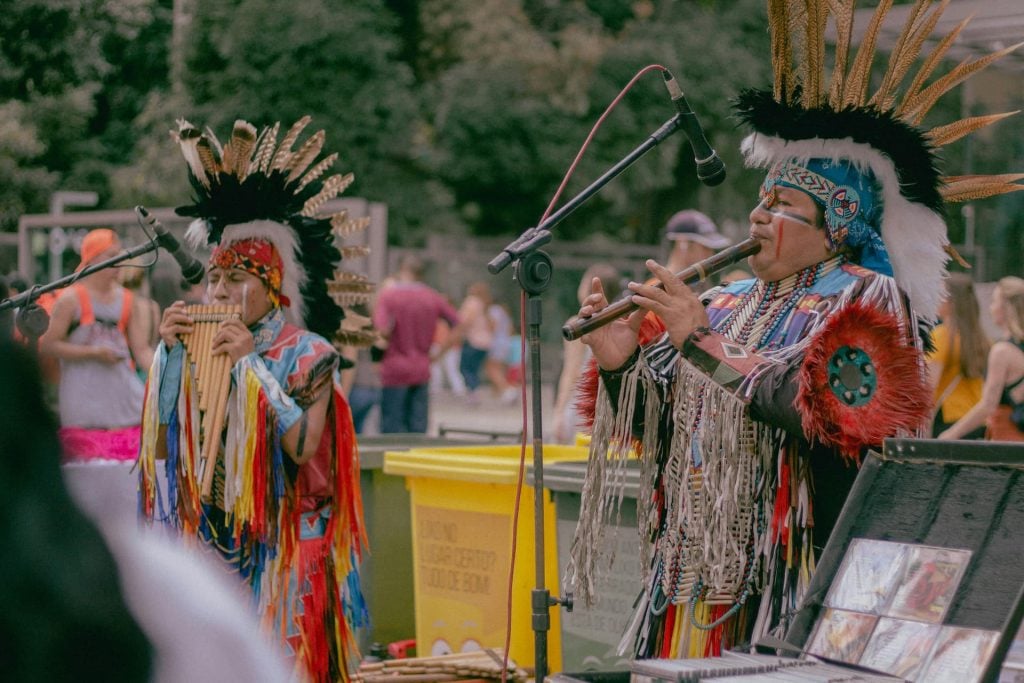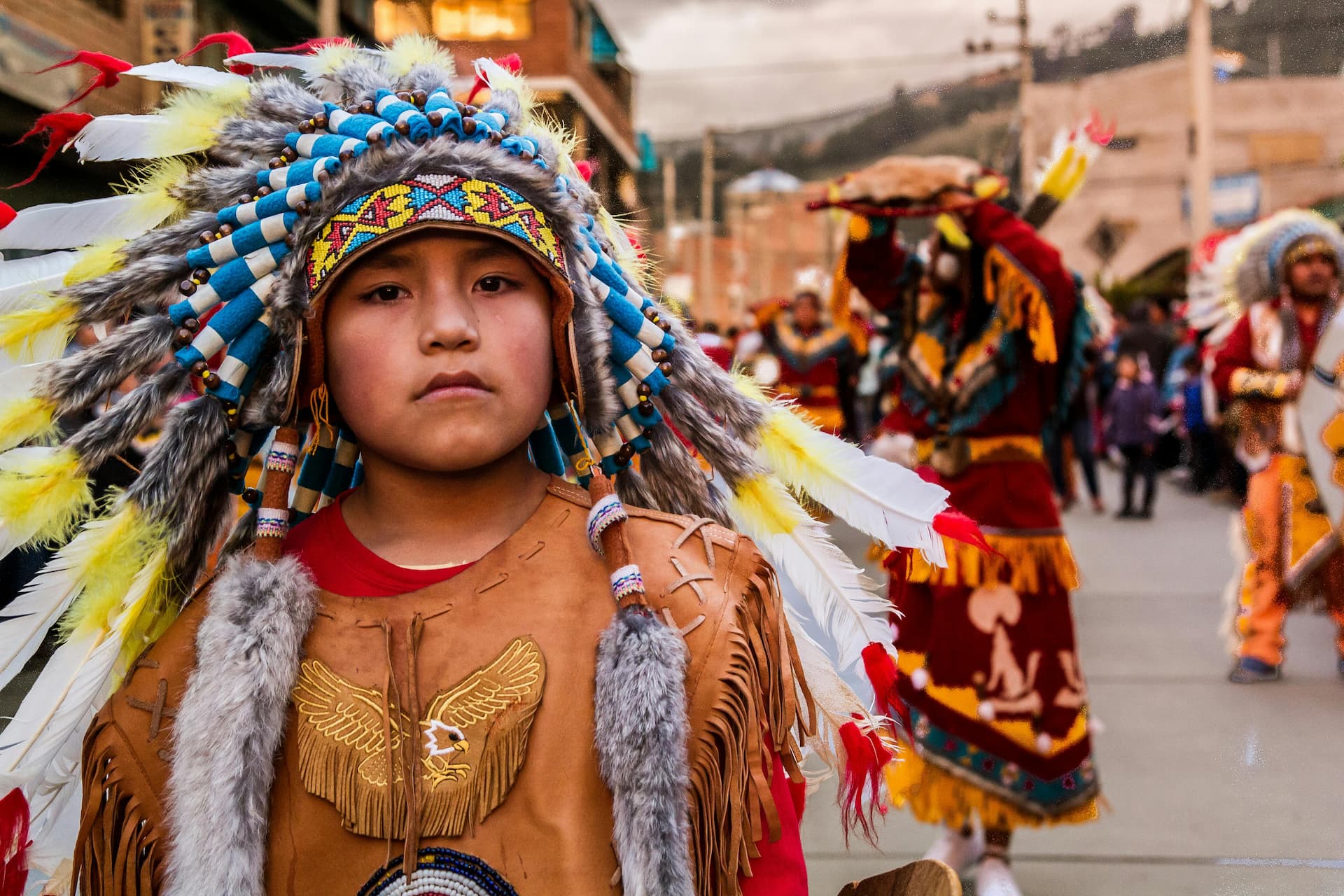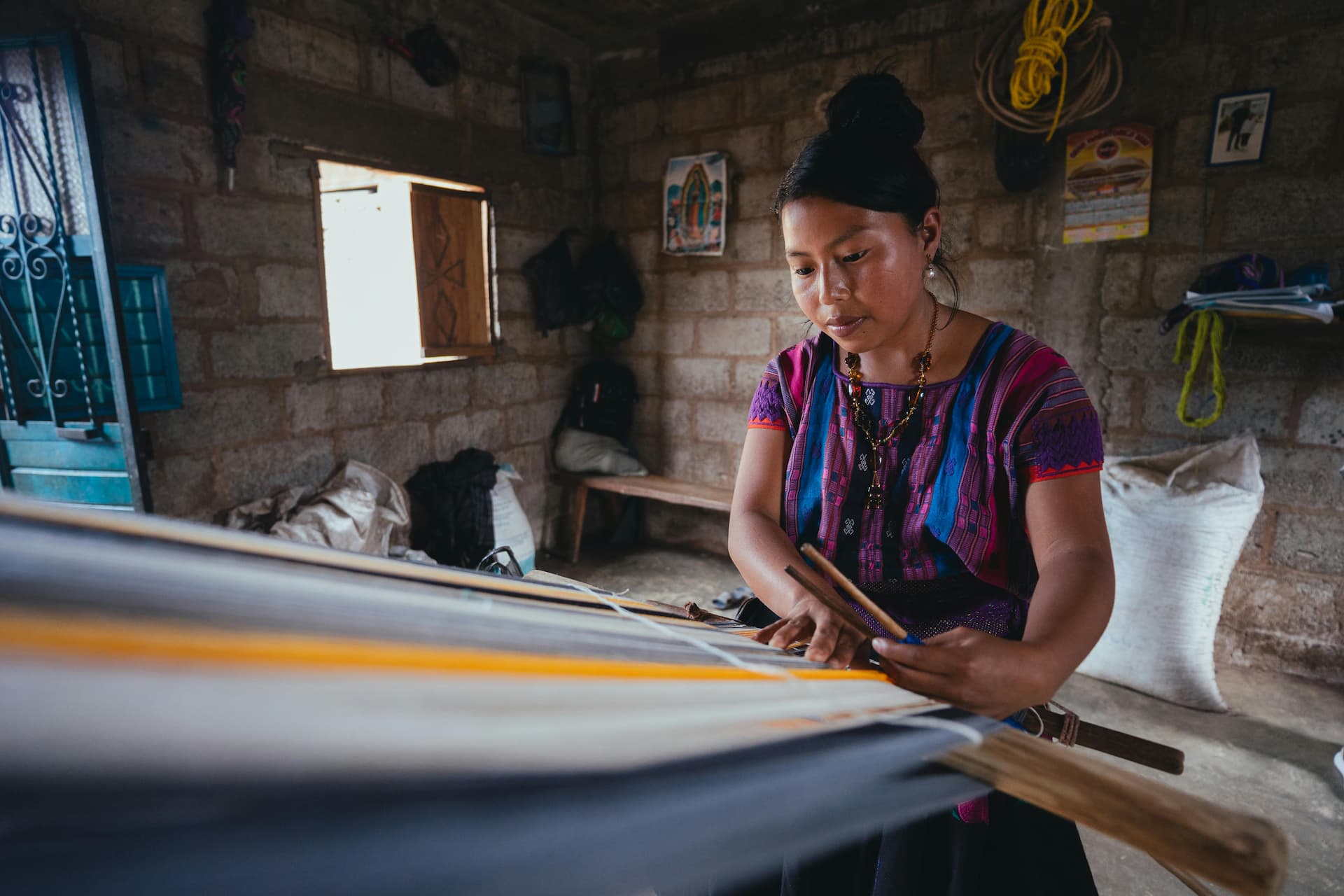7 Interesting Facts About Native Americans

The first human migration to the Americas dates back several thousand years, all the way to the Ice Age. Current evidence comfortably points to civilizations existing as early as 15,000 years ago. But this timeline keeps getting pushed back as more remnants are unearthed and our understanding of those early settlers broadens. (Interestingly, some studies even hint at first arrivals taking place some 30,000 years ago.)
Regardless of when the settlements began, one thing is for sure. The indigenous peoples share a rich history steeped in wisdom, vibrant cultures, and complex social systems—a direct result of the deep connection they had developed with the land across millennia.
Their practices, values, traditions, beliefs, and ways of living carry profound meaning and have evolved to reflect insights gained through interactions with each other as well as nature for many years.
In general, American Indian history is very rich. If you’re interested in learning more about Native American history, Native American Netroots is a great source for this.
Now, here are some fascinating Native American facts to help you get a glimpse into their history, culture, and social norms.
1. They Spoke Over 300 Languages
Prior to European colonization, it is believed that indigenous peoples spoke 300 to 500 different languages. Some studies suggest that there were around 2,000 languages in the regions of the Western Hemisphere during the 15th century.
But over the years, Native People have seen a dramatic decline due to diseases, war, and various other reasons. Between 1492 and 1900 alone, the number of indigenous people in America had dropped from 10 million to under 300,000. This has likely led to many of the languages (such as Apalachee and Chalon) falling out of everyday use.
Now, there are only around 170 indigenous languages in the U.S., with those like Navajo, Yupik, and Dakota being the most spoken.
2. There are 574 federally recognized tribes and Alaska Native entities in the U.S.
Native Americans live all over the country, but certain states prevail more in their population (including California and New Mexico).
According to History.com, Indian tribes maintain government-to-government relationships with the U.S., but not all native communities have federal recognition, which means that they can’t rely on government programs for support.
As per the same source, 66 American Indian tribes are state-recognized in 13 states.
But what is the difference between federally recognized tribes and those who have state recognition? The latter aren’t always eligible for federal or state benefits. However, they receive formal recognition.
3. Some English Words Have Native American Origins
We all know that words like coyote, kayak, and hammock have their roots in indigenous languages. But there are lots of other terms and phrases Americans widely use that have originated from Native American dialects.
Take the word “chocolate”. While its exact origins are still debated, experts believe it is derived from the word chocolatl or xocoatl (i.e., bitter drink) in Nahuatl or the term chikola:tl in Nawat.
Barbecue is another interesting word. It was first used by the Taíno people as “barabicu” in their native language, referring to a special cooking technique that involved a wooden frame over fire.
Contemporary Native Americans proudly celebrate their heritage through their unique languages, keeping alive a rich Native American culture that has survived centuries of change.
4. Many Common Crops Are Native to the Americas
From corn, tomatoes, and chili peppers to potatoes and squash, a lot of the crops widely enjoyed in many parts of the world were first cultivated by Native Americans across North and South America.
In fact, the first signs of indigenous agriculture date back approximately 10,000 years. Corn domestication, for instance, was believed to have begun 8,700 years ago in the Central American region.
Many Native Americans used sophisticated farming techniques to grow crops, some of which can be seen even today. Examples include companion planting (such as the Three Sisters method), terracing (where flat beds were created for planting on hilly land), irrigation systems, and no-till farming.
5. They Have One of the Oldest Democracies in the World
Did you know that Native populations are some of the oldest continuous cultures in the world? And the Haudenosaunee Confederacy (which stands for “people of the long house”) is known as one of the oldest participatory democracies in existence.
It was created by a prophet called the Peacemaker to initially bring together five tribal nations—the Mohawk, Oneida, Cayuga, Onondaga, and Seneca. (The Tuscarora joined the Confederacy in the 18th century.) Although the exact period of its origin is unknown, some experts believe it may have been initiated in 1142 CE.
The Haudenosaunee Confederacy enables the nations to maintain peace and harmony. While having their own councils for internal affairs, each tribal nation is also governed by the Grand Council when it comes to matters that affect them all.
6. Some Native American Tribes Had Female Warriors
Evidence suggests that women in indigenous communities had a major say in many aspects of life long before equal rights became a topic in the Western world.
Native American females were involved in trade and governance (like the Clan Mothers of the Haudenosaunee Confederacy, who chose the chiefs). There were also female warriors bravely defending their communities during battles.
Some of the famous warriors include the Buffalo Calf Road Woman, who fought in many battles (including the Battle of the Little Bighorn), the Moving Robe Woman, who led the Sioux troupes during the Battle of the Greasy Grass, and the Chihenne Chiricahua Apache prophet and warrior Lozen, who was famous for her skills in deciphering enemy movements.
7. They Processed Rubber Long Before Its Modern-Day Discovery
Charles Goodyear is widely recognized for discovering rubber vulcanization, a process he created by accident in 1839 when he mixed sulfur with rubber and subjected the mixture to heat. This made rubber more heat-resistant, durable, and usable in a variety of applications like toys, gloves, and tyres.
But Native Americans have known how to vulcanize rubber for thousands of years (most likely over 3,000 years ago).
The people of Mesoamerica combined natural latex from the Panama rubber tree with extracts from the moonflower plant vines (which contained sulfur) and heated it to create a polymer that was strong and contained elasticity. The resulting substance was used to develop a variety of materials and objects, such as balls for ritualistic games and soles for their sandals.
Wrapping Up
Throughout tens of thousands of years, Native Americans had built complex and sophisticated civilizations, accumulating and passing down great knowledge and wisdom across generations.
This is evident across many aspects of their lives, from ancient techniques of agriculture to democratic systems, such as the Haudenosaunee Confederacy.
Over the years, they have branched out to hundreds of tribal communities, giving rise to an epic scale of diversity in their cultures, traditions, beliefs, and rituals.
Today, the Native American population has significantly declined to around seven million people. But their legacy and heritage remain very much alive and continue to intrigue and influence the world.



